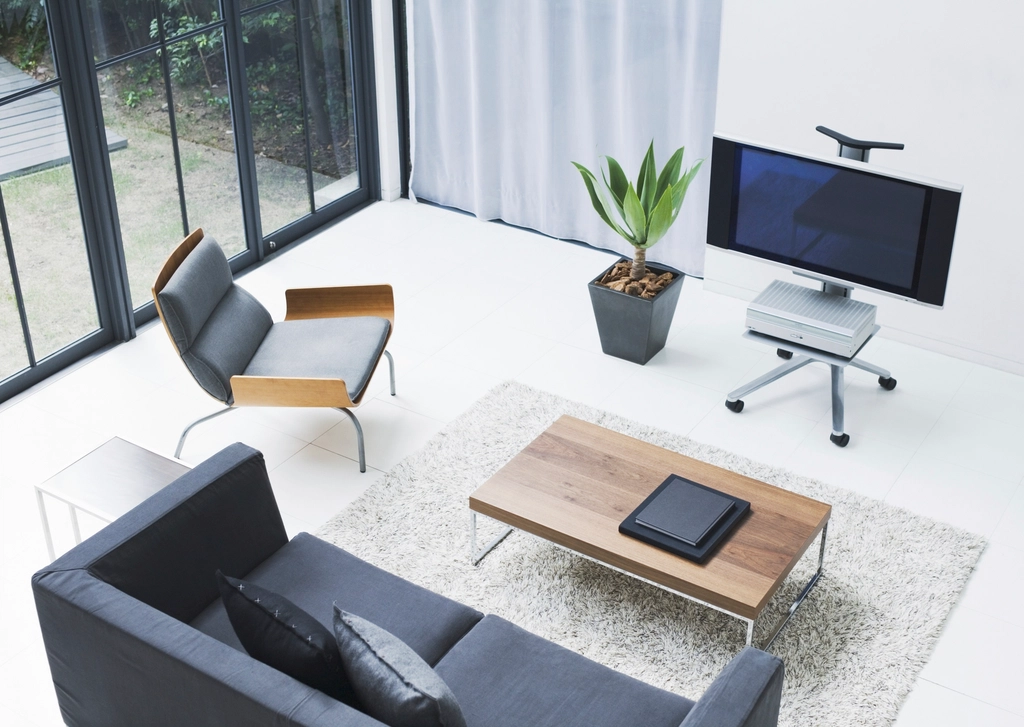Imagine opening the door to a home so small you could almost stretch out your arms and touch both walls—yet, it feels luxurious, airy, and full of possibility. That’s the magic of smart design. The size of your space shouldn’t determine the size of your dreams. With a few clever tactics, even the tiniest room can feel grand, inviting, and uniquely yours. Here’s how to make your compact home feel like a mansion—no magic wand required.
Light Wins: Maximize Sunshine and Airflow
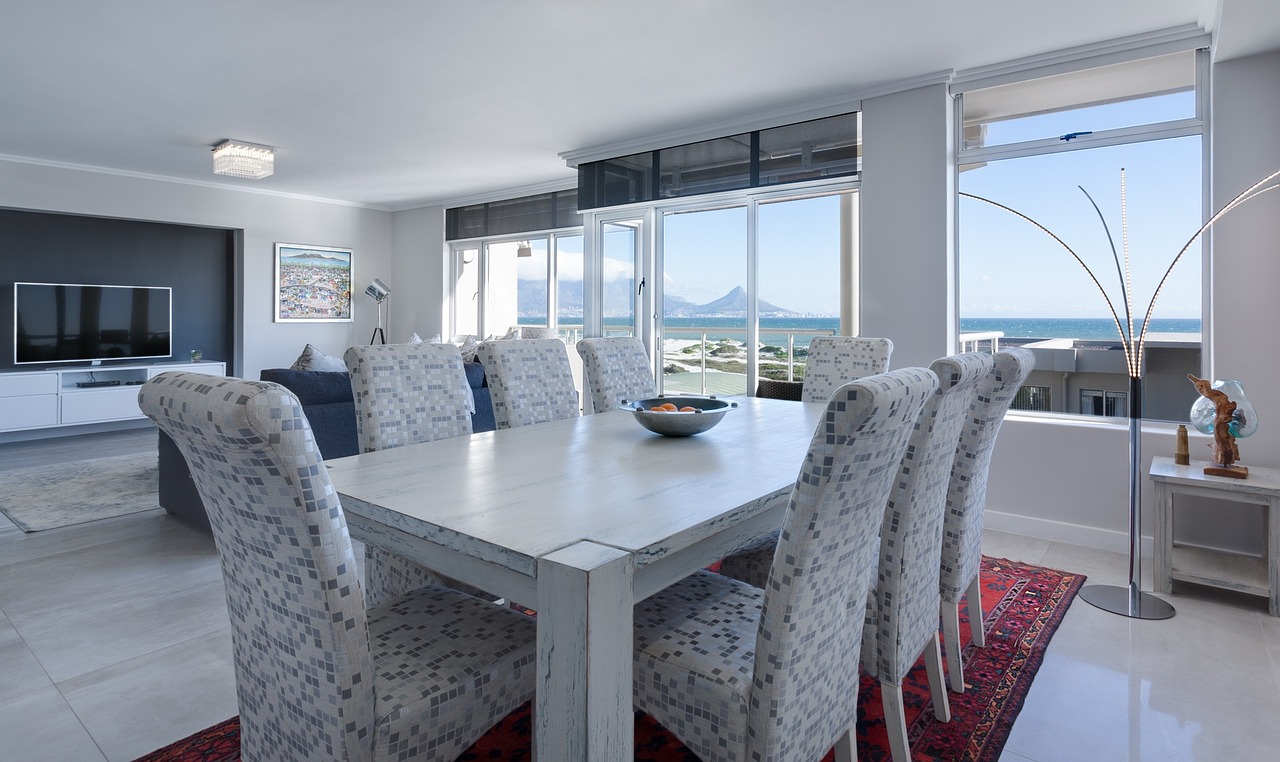
Natural light is the ultimate space expander. Swap out heavy drapes for sheer curtains or skip window coverings entirely where privacy allows. Mirrors opposite windows instantly double the daylight, bouncing brightness into every corner. According to the American Society of Interior Designers, rooms flooded with natural light can boost your mood and even your productivity. If you have a single window, try placing a tall plant beside it—the greenery draws the eye up and blurs boundaries, making ceilings feel higher. Remember, “the lighter the room, the lighter you feel”—and that energy is contagious. Even a small space with open windows and a soft breeze feels less like a box and more like a retreat.
Unified Colors: Flow from Room to Room
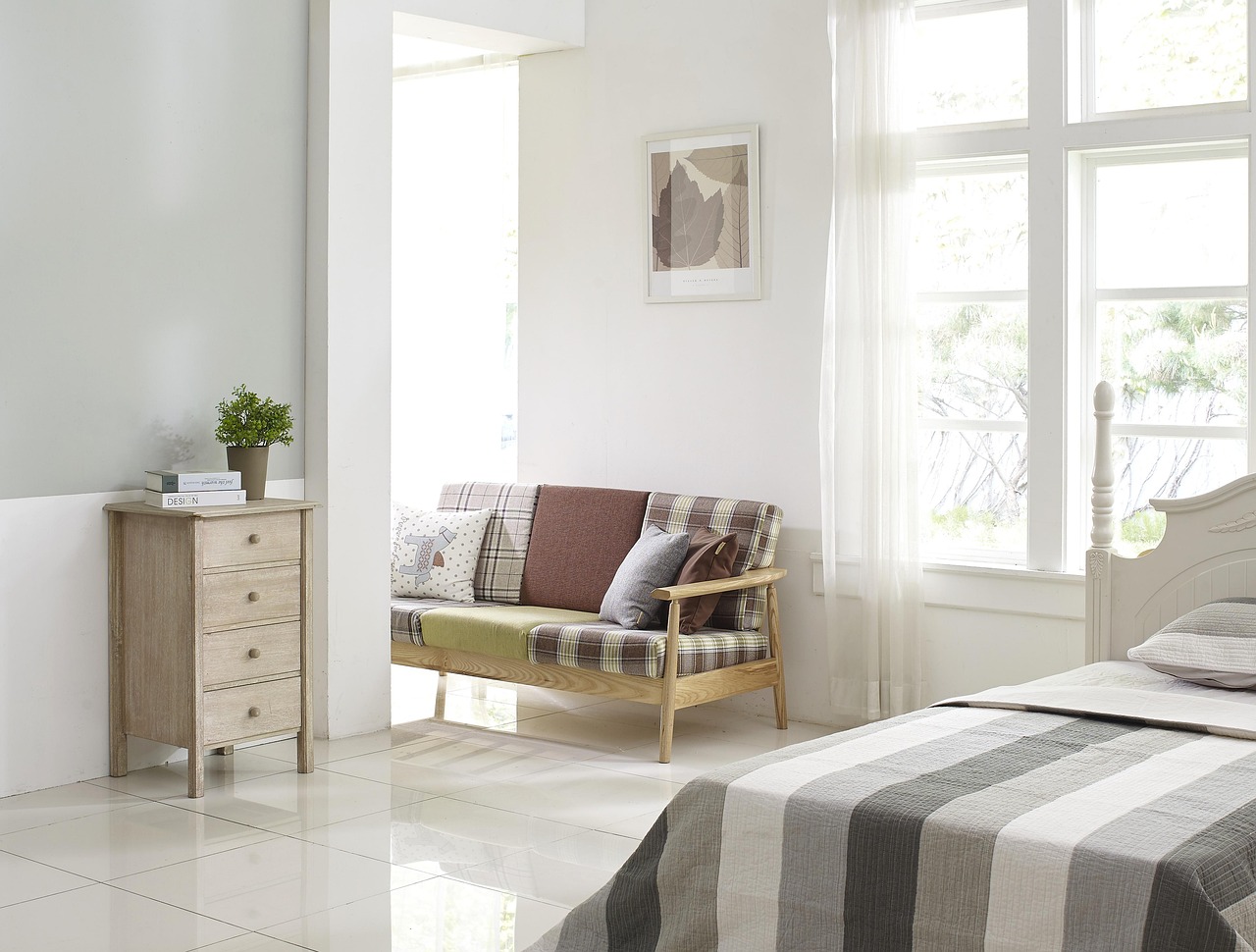
A limited color palette is your secret weapon. Light, neutral tones on walls and main furniture pieces create a seamless visual flow, making rooms melt into one another. Add vivid accents—think golden velvet cushions or a cobalt vase—for personality without clutter. According to top stagers, a monochromatic scheme can make floor plans feel up to 20% larger. Imagine a creamy white living room with pale oak floors and a single bold print—it reads as sophisticated, not busy. The right palette doesn’t just expand your space; it expands your sense of calm. Your eye glides effortlessly from wall to wall, never getting stuck.
Furniture That Works Overtime
Every piece in a small home should work double duty. Choose a storage ottoman that hides away blankets, or a sleeper sofa for overnight guests. Houzz reports that multi-functional furniture can reclaim up to a third of your usable floor space. Picture a drop-leaf dining table: folded for everyday use, opened wide for dinner parties. Even a slim console table behind the couch can serve as both a desk and a buffet. These “transformer” pieces are the unsung heroes of small-space living—they keep clutter at bay and make room for living, not just storing.
Vertical Storage: Go Tall, Not Wide
When floor space runs out, look up. Install floating shelves above doorways, add narrow bookcases that nearly touch the ceiling, or use hooks to keep everyday essentials off counters. Interior designers say vertical storage not only frees up valuable real estate but also draws the eye upward, making ceilings soar. Imagine a gallery wall climbing from baseboard to molding, or a ladder-style shelf packed with plants and favorite reads. Less clutter on the ground means more room to move, breathe, and entertain—even in a studio apartment. Think of vertical storage as your “invisible elevator” for style and space.
Area Rugs: Carve Out Distinct Zones

A well-placed rug is like a magic carpet—it can define living, dining, and sleeping spaces without putting up walls. Choose rugs that echo your color palette and are sized to anchor furniture groupings. Interior experts suggest leaving at least 12 inches of bare floor around the edges to reveal more square footage. For example, in a small loft, a plush rug under the sofa instantly carves out a “living room” even when there are no walls. Rugs don’t just organize your layout—they add texture, comfort, and a sense of luxury underfoot, making every step feel special.
Transparent and Lightweight Pieces
Furniture that lets light pass through—like glass coffee tables or acrylic dining chairs—keeps sight lines open and rooms feeling breezy. These see-through materials don’t block the flow of light or space, making even a crowded corner feel less cramped. Lightweight pieces are also easier to rearrange, giving you flexibility for parties or solo nights in. Picture a lucite console table against a window, holding a vase of fresh tulips—the surface seems to float, adding function without the bulk. Every invisible piece is a silent cheerleader for more space and less fuss.
Personal Touches: Curate, Don’t Crowd
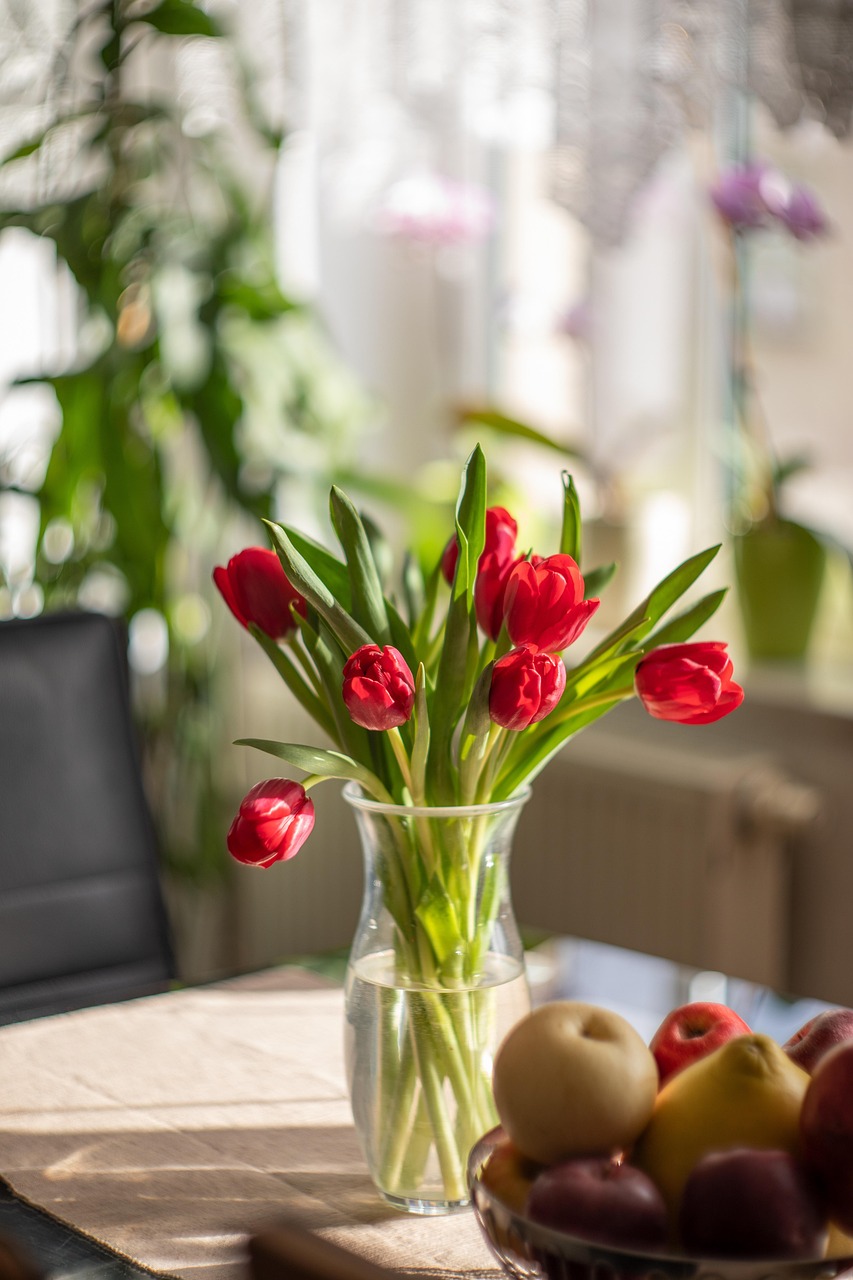
A tiny home should still reflect your story. Select art, décor, and keepsakes that truly matter—maybe a gallery of black-and-white family photos, or a single dramatic sculpture on a floating shelf. Too many small knickknacks can overwhelm; instead, go for fewer, bolder choices. Designers recommend “editing with heart”—keeping only what lifts your mood or sparks conversation. Imagine a sunny reading nook with a vibrant painting and a stack of well-loved books—every item tells a story, every glance inspires a smile. Personal touches are what turn a house into a haven.
Strategic Mirrors: Multiply Light and Space
Mirrors do more than just show your reflection—they open up rooms and amplify natural light. Place a large mirror directly across from a window to double the daylight. Flank a narrow hallway with mirrored panels to make it feel twice as wide. Home stagers often use this trick before open houses; buyers report that mirrored rooms feel up to 30% more expansive. Even a mirrored tray on a coffee table bounces light and adds sparkle. In small spaces, every illusion counts, and mirrors are the ultimate sleight of hand.
Minimalism with Warmth: Edit Ruthlessly but Kindly
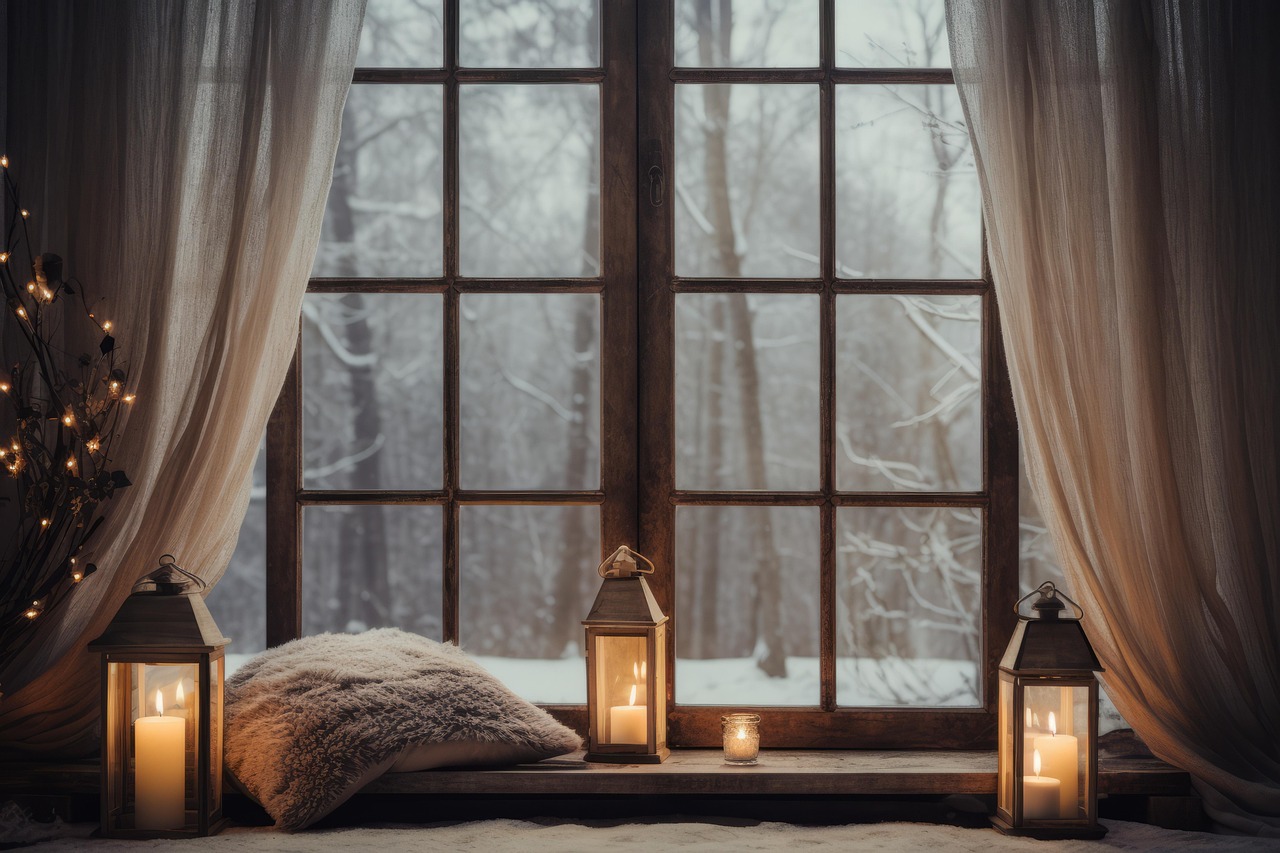
A mansion isn’t cluttered, and neither should your small space be. Pare back possessions to what you love and use, but avoid making your home feel cold or empty. Layer soft throws, textured pillows, and warm lighting to keep things cozy. Minimalism with warmth is about balance—think a streamlined sofa with a velvet pillow, or bare counters punctuated by a lush green plant. According to Zillow, homes staged with fewer but higher quality items sell faster and for more. Editing isn’t about living with less; it’s about making room for more of what matters.
Flexible Layouts: Adapt for Every Occasion
Tiny rooms can still host big moments. Use lightweight, movable furniture to shift your layout for movie nights, dinner parties, or solo relaxation. A rolling bar cart can become a side table, and nesting stools tuck away when not in use. Imagine rearranging your living room in minutes for a spontaneous dance party or a cozy night in. Designers call this “dynamic flow”—the ability to adapt your space to your mood and needs. Flexibility is the ultimate luxury, proving that a mansion isn’t about square footage, but about freedom and possibility.

A master of contemporary design, Bobby Burke brings a fresh perspective to home styling. His book Effortless Interiors offers readers a roadmap to achieving sleek, functional, and beautiful spaces with ease.

